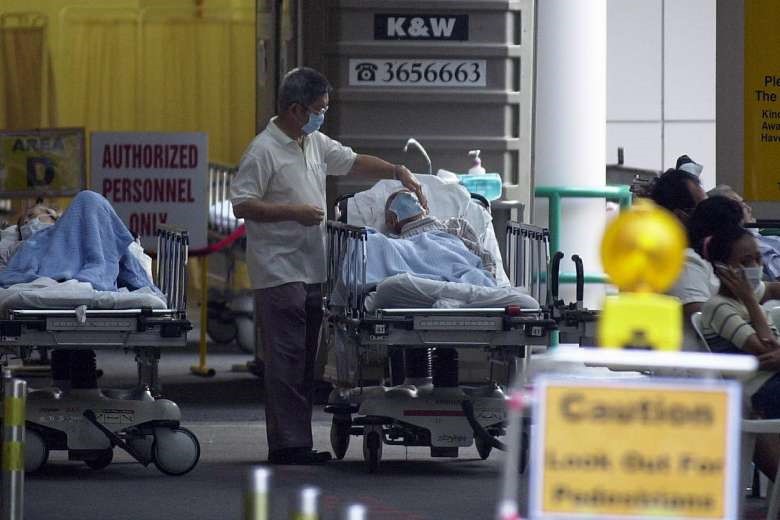SARS, Surveillance and Social Repurcussions
March 2, 2020

In late February 2003, three young women returned to Singapore from Hong Kong, subsequently displaying symptoms of an ‘atypical pneumonia’. This atypical pneumonia turned out to be the highly infectious disease known as the Severe Acute Respiratory Syndrome (SARS). The introduction of the virus to Singapore kickstarted a nationwide SARS epidemic beginning in March, which infected 238 people and claimed 33 lives. The SARS virus, which originated from China, was a global outbreak that affected countries such as China, Hong Kong, Taiwan and Canada. After a series of preventive measures to control the outbreak, Singapore was officially declared SARS-free on 30 May 2003, a speedy three months since its first reported case.
In ‘SARS in Singapore: surveillance strategies in a globalising city’ (Health Policy, 2005), Professor Brenda Yeoh (NUS Department of Geography), Dr Peggy Teo and Dr Shir Nee Ong lay out the implications of surveillance strategies used during the SARS outbreak. As globalisation entails porous borders and greater flow of international human traffic, the paper explores the ways in which a globalising nation like Singapore needs to work around the epidemic without jeopardizing its economic progress. Compromise occurs on a social level, and the research details how transitional spaces such as airports, as well as foreign workers and professionals, were affected by imposed healthcare measures. The study then addresses another social aspect of the outbreak, that of social responsibility amongst Singaporeans to adhere or agree to preventive measures which may be inconvenient or infringe personal privacy rights. Additionally, the authors investigate how the fear of SARS results in the perceptions of ‘safe’ and ‘unsafe’ locations, such as virus hotspots and modes of transportation.
The study is comprehensive and nuanced, identifying discriminatory healthcare measures between foreign workers and professionals, and illustrating the impact of media attention on super-spreaders as well as physical identification of nurses belonging to allocated SARS hospitals. By providing an important social perspective to the containment of SARS in Singapore, the authors highlight the inevitable social repercussions and necessary social cooperation in order to maintain public health in times of crisis.
Read the full article here.
